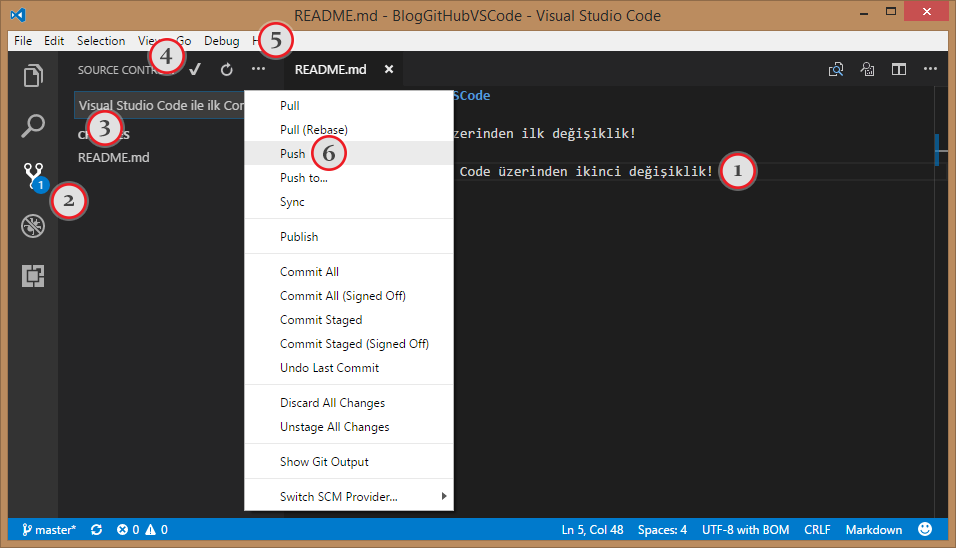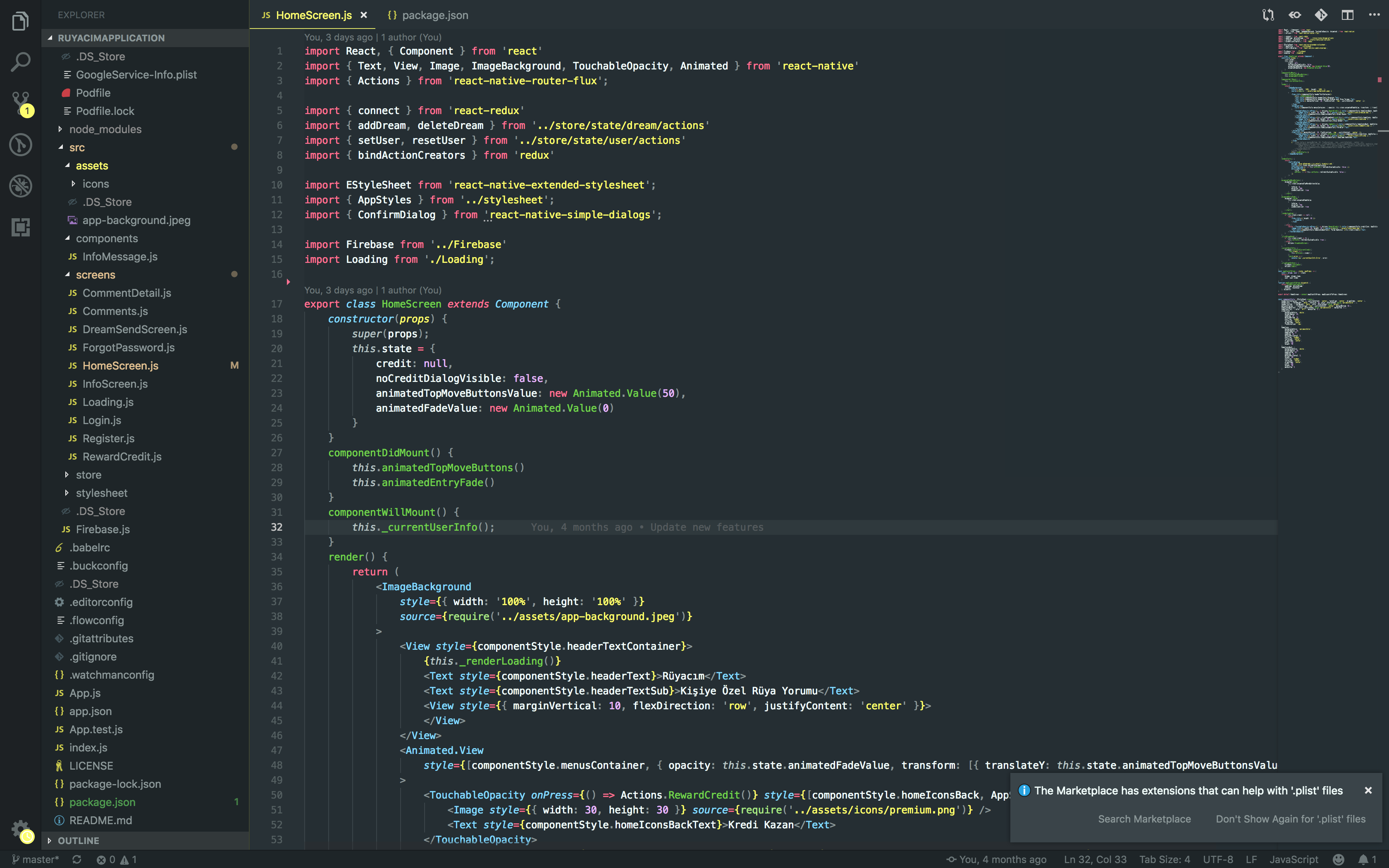
And Team.Git.* is just worth looking for options that you do with Git in Visual Studio. I’m playing a bit more with these and will report here if I come up with any improvements, but so far this makes it all slightly faster.Īlso for keyboard shortcuts, namespaces * is worth exploring for navigation options.
=> Alt+Enter (Team Explorer) => This mimmicks shortcuts in VSCode. Figure 1 illustrates the git-scm download page and a command prompt window. => Ctrl+G, P (Team Explorer) => Once the commit message is done – you can slam that to get commited and pushed to the server. In the event you don't have Git installed, navigate to Just follow the instructions and accept the defaults. => Ctrl+G, C (Global) => Opens Team Explorer and switches to Changes view. In Keyboard configurationof VS assign the following actions to the following commands Here is what I got for the most used actions: The Source Control icon is highlighted in. Each panel in the Activity Bar is represented by an icon. It’s one of the panels that you can select in the Activity Bar, which is the vertical bar on the left side of the VS Code interface. So I spent some time trying to improve this by researchign and adding shortcuts. The Source Control panel in VS Code allows you to use Git features. And Git interface in Visual Studio is very clicky, very mousy. Otherwise, GitHub leads you to the login page where you can sign in to GitHub. If you are logged in, you will see a list of your remote repos. About 99% of my work I commit to git and push to server. Example-1: Set up GitHub with visual studio code to commit and push a file. First, you click Clone Repository and, then, a GitHub repository dropdown of your account will appear (if you have already signed in with GitHub, as I showed in the prerequisites section).For my day-to-day tasks, I use Visual Studio almost 80% of my working time. In this post, I am going to show you how to clone the repository using the Source Control tab. Using the Clone Repository button in the Source Control tab, located in the left-side panel. Using the Git:Clonecommand in the Command Palette. 
There are three different ways to clone your GitHub repository:

Start a new terminal in Visual Studio Code and set up your identity (see the Your Identity. If you don’t have any repositories on GitHub, I suggest you create a new repository and upload Python files that will be updated later. Get Started with Visual Studio Code Open Visual Studio Code. To clone a GitHub repository, you need to have a GitHub repository already. In this way, you have a full copy of the repository on your local PC and you can easily add, remove, and update the files on GitHub using Visual Studio Code directly.

The first operation is to clone your GitHub repository on your local computer using Visual Studio Code. If all these steps are satisfied, we can finally start this tutorial! 2.







 0 kommentar(er)
0 kommentar(er)
